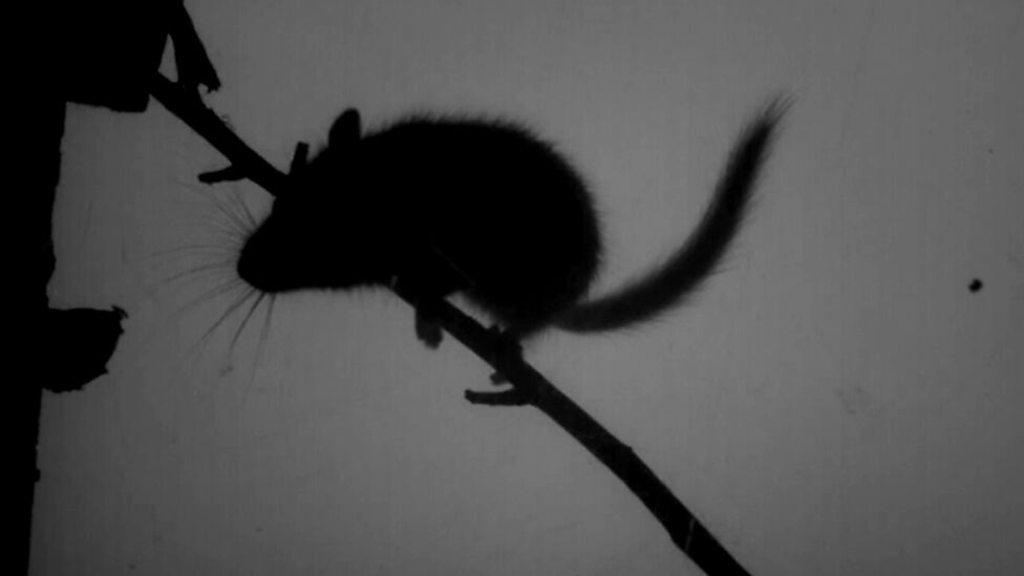Dormice release to bolster 'species on the brink'
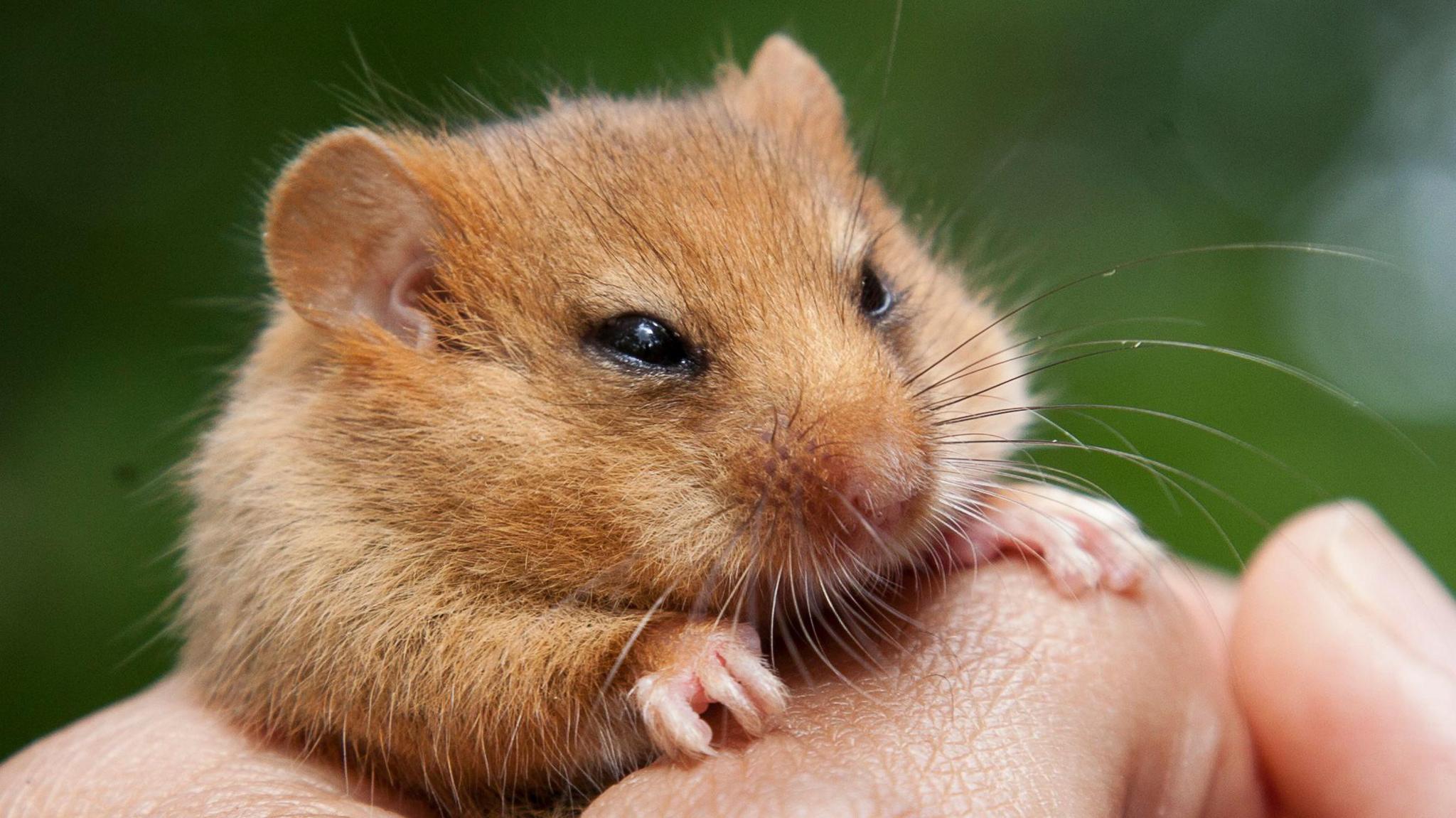
The dormouse is famously sleepy - hibernating for five months of the year
- Published
Dormice have been released at a secret woodland location in a bid to boost Bedfordshire's only population of the mammals.
Known for their big eyes, and for being famously sleepy, the hazel dormouse species has declined nationally by 70% since 2000.
Once widespread, the animals have disappeared from 20 English counties in the past century, but the Bedfordshire population, which dates from 2001, is said to be "thriving".
The latest reintroduction, led by wildlife charity People’s Trust for Endangered Species (PTES), builds on the previous release in the same woodland cared for by Forestry England.
Ongoing efforts to restore their populations have seen more than 1,000 hazel dormice, external reintroduced into 25 woodland habitats in 13 English counties since 1993.
The 10 dormice released earlier this week were provided by the Common Dormouse Captive Breeders Group, which includes Wildwood Trust.

Dormice in a torpor - a sort of temporary hibernation that lasts a few hours and helps animals survive when temperatures are cold or food is short
Prior the their release, they were quarantined for eight weeks and given health checks by vets at Paignton Zoo and the Zoological Society of London's Disease Risk Analysis and Health Surveillance (DRAHS) team.
This was to ensure that only fit and healthy dormice were released into the wild and there was no risk of them transferring diseases or non-native parasites to either the existing dormouse population, or other local wildlife.
They were taken to their new woodland home and left to acclimatise to their new surroundings from the safety of their nest boxes, which were placed within larger mesh cages filled with foliage, buds, berries, nuts and water.
Before the full release, the dormice were given a final health check.
In time they will start to breed and disperse into new woodland and hedge areas, and the mesh cages will be removed.

Numbers of hazel dormice have declined nationally by 70% since 2000
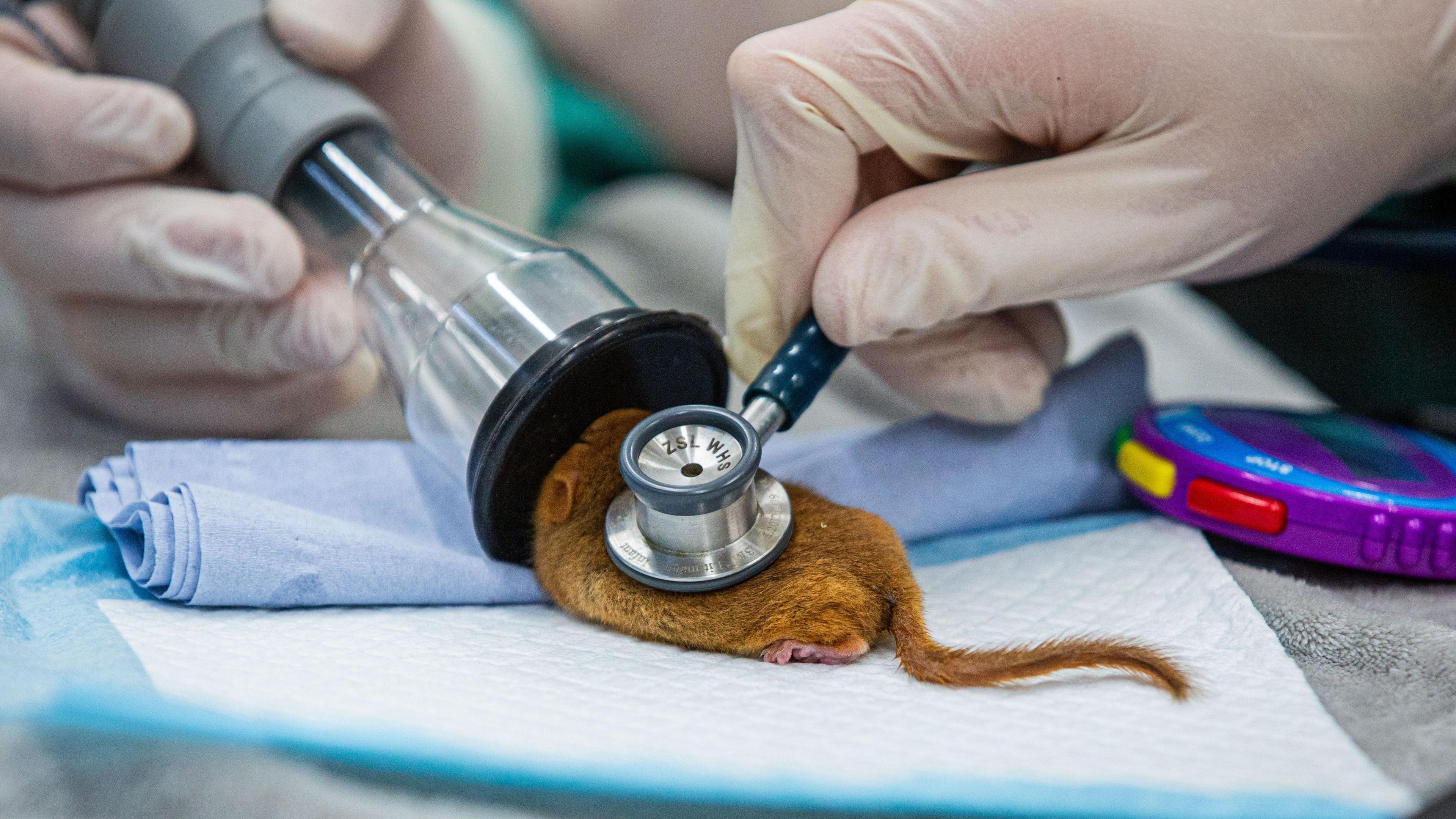
The tiny mice undergo health checks before being taken to the release sites
Ian White, dormouse and training officer at the People’s Trust for Endangered Species, said: "Our annual reintroductions, alongside habitat management, landscape projects and monitoring, are paramount to the species’ long-term survival.
"To date we’ve released 1,112 dormice into 25 different woodlands in 13 counties - including six English counties where they had previously been lost.
"It’s extremely encouraging that descendants of Bedfordshire’s original population are still flourishing, and by introducing more dormice this summer we hope that they go from strength-to-strength, which is much-needed good news for a species on the brink.”

Volunteers prepared mesh cages ready for the mice
Follow Beds, Herts and Bucks news on Facebook, external, Instagram, external and X, external. Got a story? Email eastofenglandnews@bbc.co.uk, external or WhatsApp us on 0800 169 1830
Related topics
You might also like
- Published19 May 2024
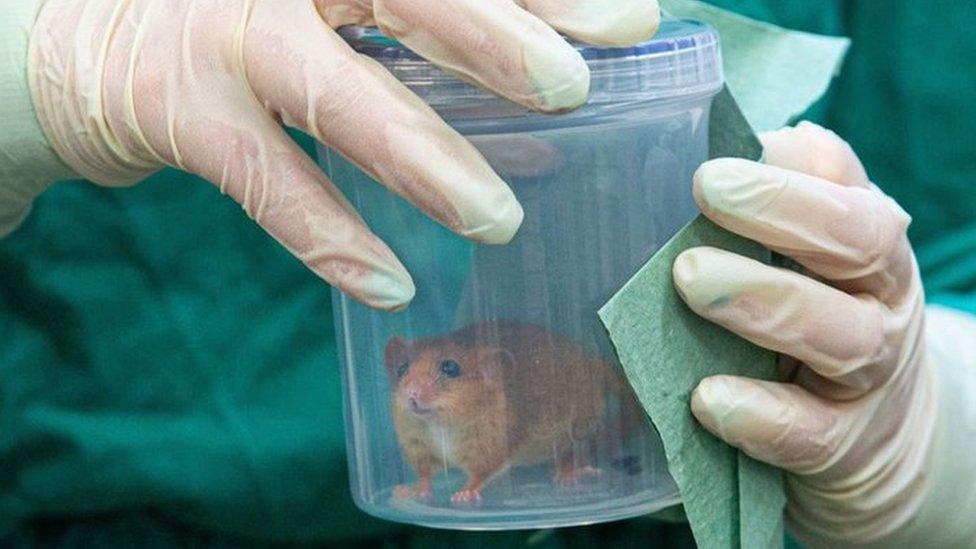
- Published15 April 2024
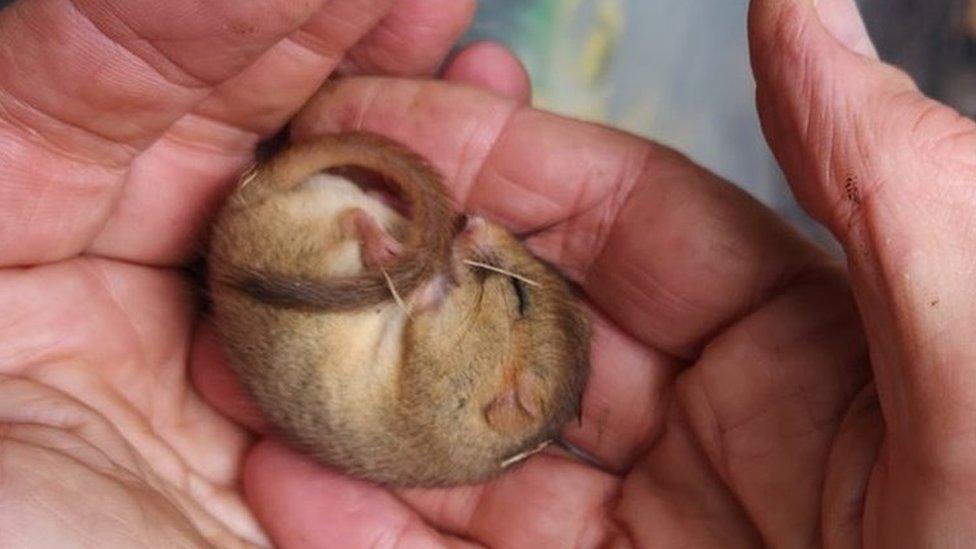
- Published17 June 2021
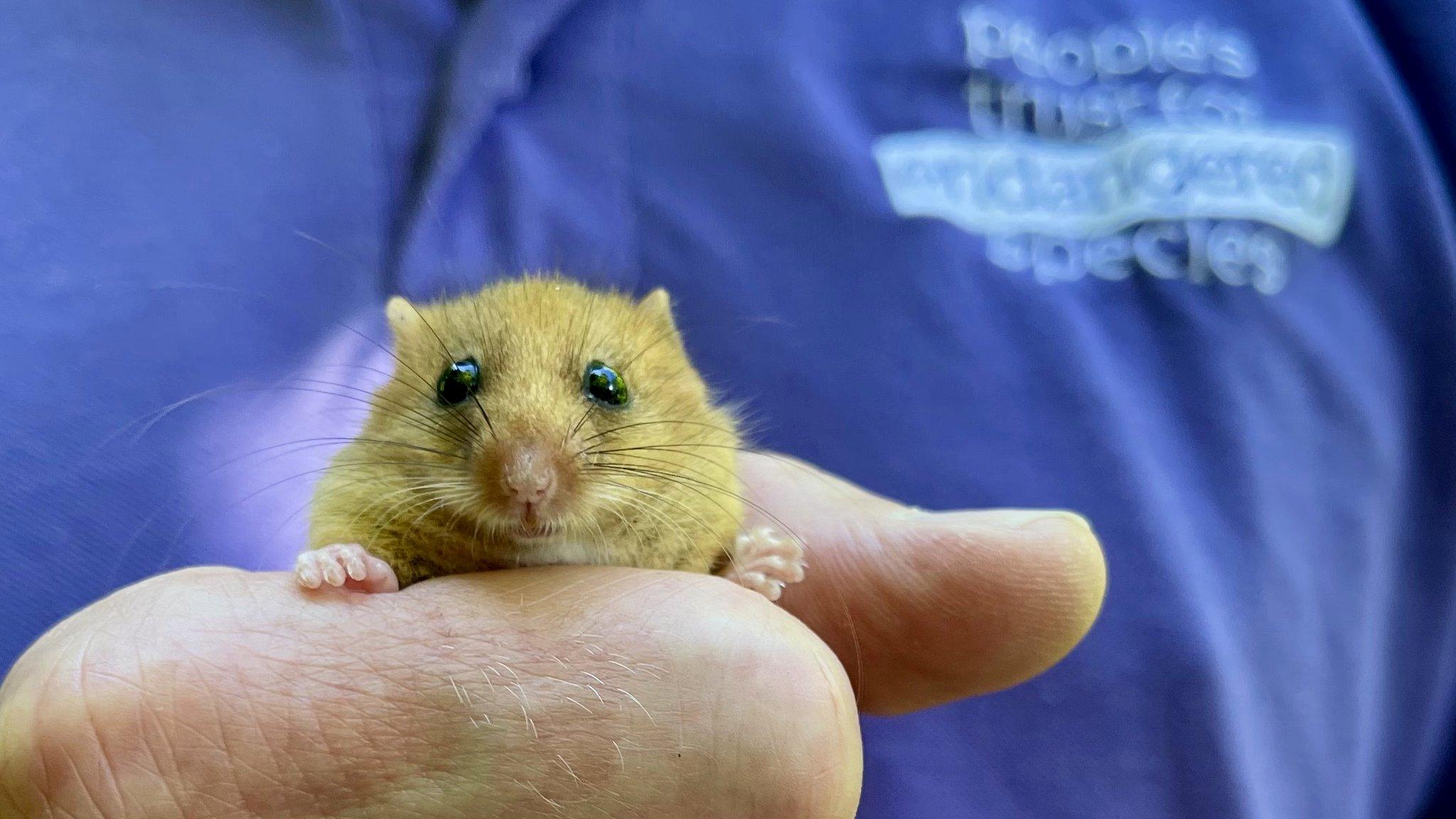
- Published27 September 2023
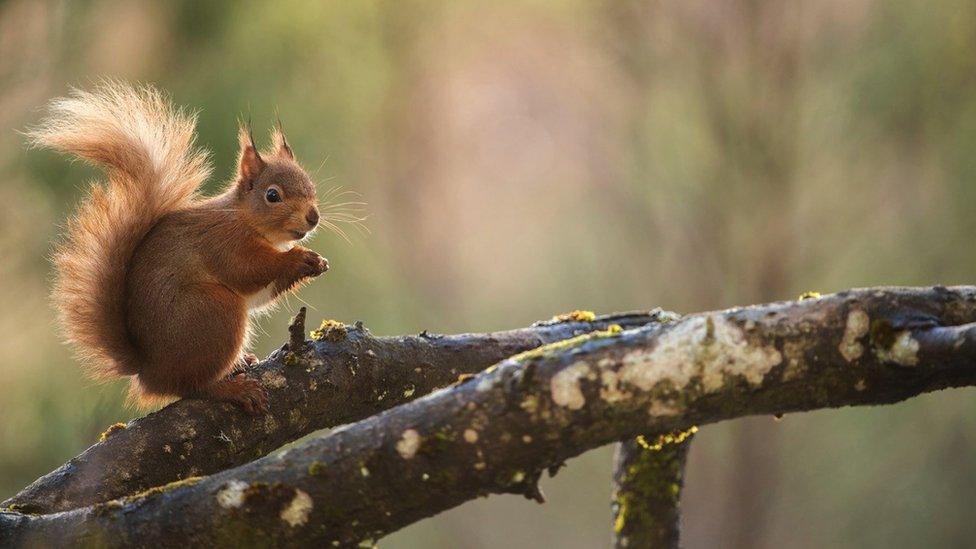
- Published17 June 2018
